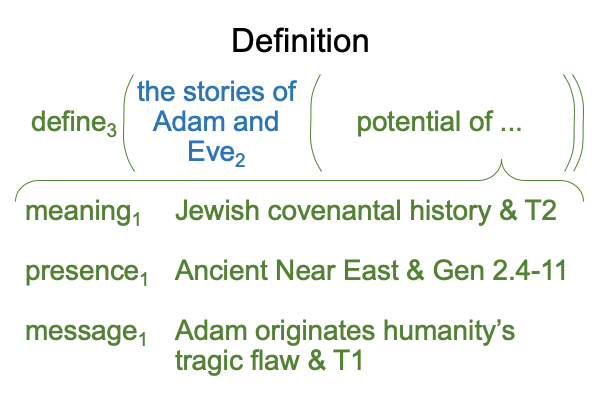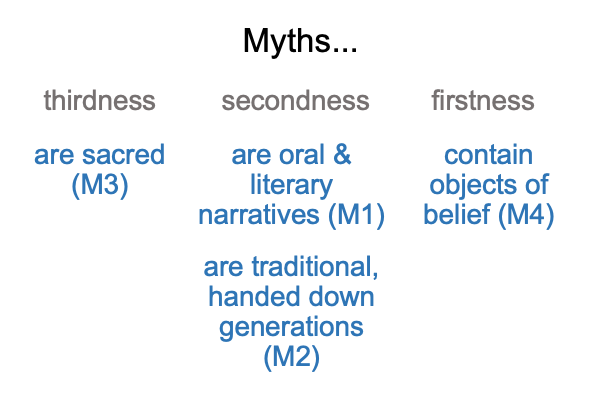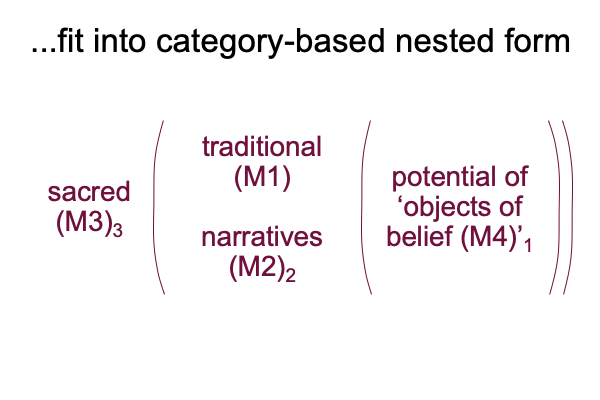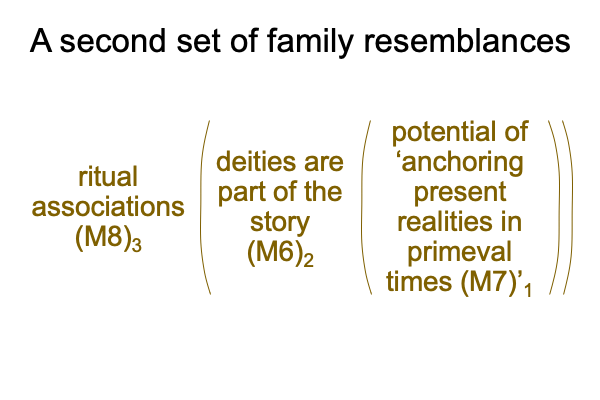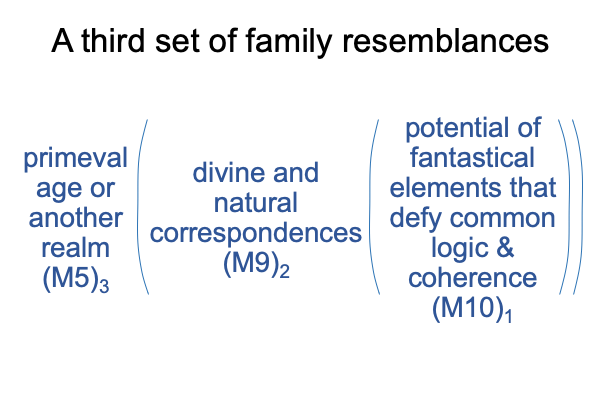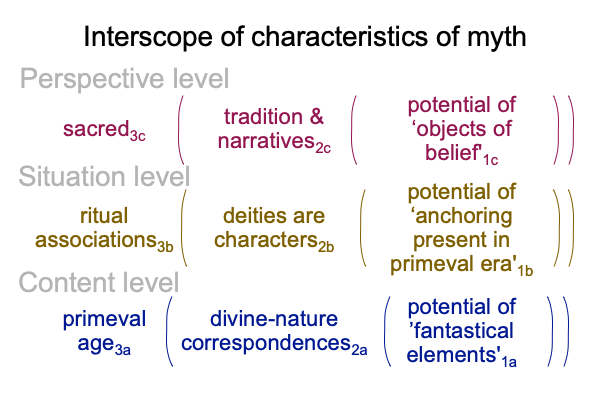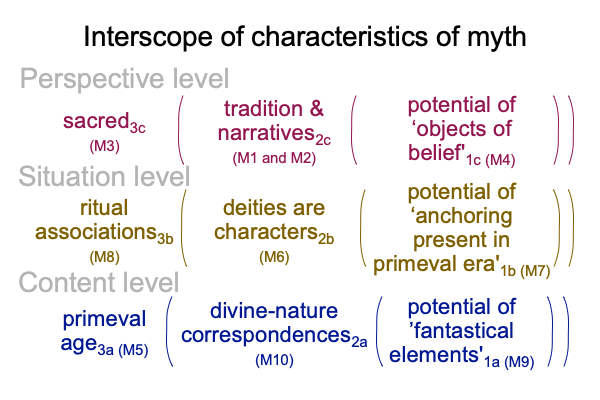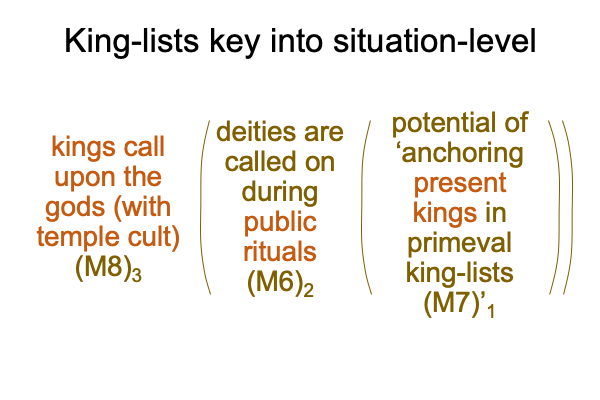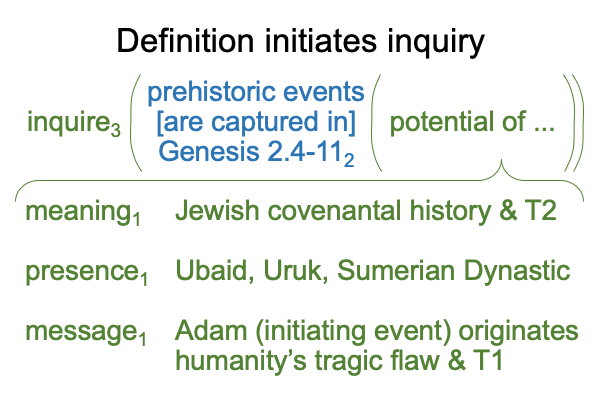Looking at William Lane Craig’s Book (2021) “In Quest of the Historical Adam” (Part 8 of 21)
0035 There is a difference between the following two statements.
Adam originates humanity’s tragic flaw (original-).
Adam originates humanity itself (alternative-).
0036 Each statement bonds to T1. T1 is the Biblical trend, where humanity tends to destroy what God has made good.
Craig’s message in Part 1 is org-T1.
Craig’s silent message in Part 3 is alt-T1.
0037 Here is a picture of Craig’s alternate potential.
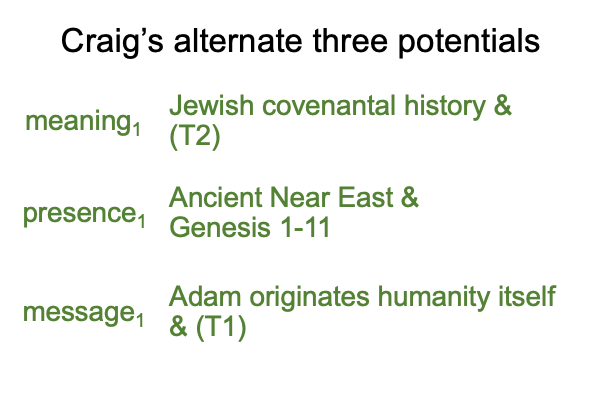
0038 The difference between org-T1 and alt-T1 is subtle. In org-T1, the Fall takes precedence. In alt-T1, the creation of Adam and Eve in the Garden of Eden takes precedence.
Craig attempts to locate Adam and Eve at the start of humanity itself, leading to a pyrrhic victory in Part 3. Following the science, a single couple can be the parents of all humanity (broadly defined), sometime before 500,000 years ago.
Yes, Craig locates Adam and Eve several hundred thousand years after the domestication of fire and several hundred thousand years before the earliest appearance of anatomically modern humans.
0039 If that is the case, then why do all the origin stories of the ancient Near East depict a recent creation of humanity?
Hmmm. That is a very interesting question.
Why do all the origin stories of the ancient Near East agree on this one detail?
0040 Craig’s argument presumes, all along, that Adam and Eve are the first human beings.
In this examination, I consider the opposing question, “What if they are not?”
What if Adam and Eve represent the first humans for all the origin stories of the ancient Near East?
What if Adam and Eve originate humanity’s tragic flaw at the start of Ubaid?
0041 Then, what about Part 3 of Craig’s book?
My suggestion to the Professor follows.
Consider the masterwork, The Human Niche, by Razie Mah, available at smashwords and other e-book venues. Also, consider Comments on Steven Mithen’s Book (1994) The Prehistoric Mind.
0042 Part 3 is an excellent summary hominin evolution, after hand-talk becomes similar to a team activity.
Say what?
From the start of the Homo lineage, hand talk is confined to team activities. It is not a team activity in itself. Nevertheless, it becomes more and more linguistic, because word-gestures become more and more routine. The domestication of fire changes all that. Talking around the fire becomes an activity in itself. The niche of conversationopens up, encouraging a general grammar. Once general grammar evolves, then nonsensical propositions can be made. Once grammatically correct nonsensical statements can be made, then social construction follows. Social construction is highly adaptive.
0043 Part 3 may be re-purposed for a work on a complementarity between the Genesis Creation Story and human evolution. Part 3 associates with Gen. 1:26, telling of God’s intention to make man.

